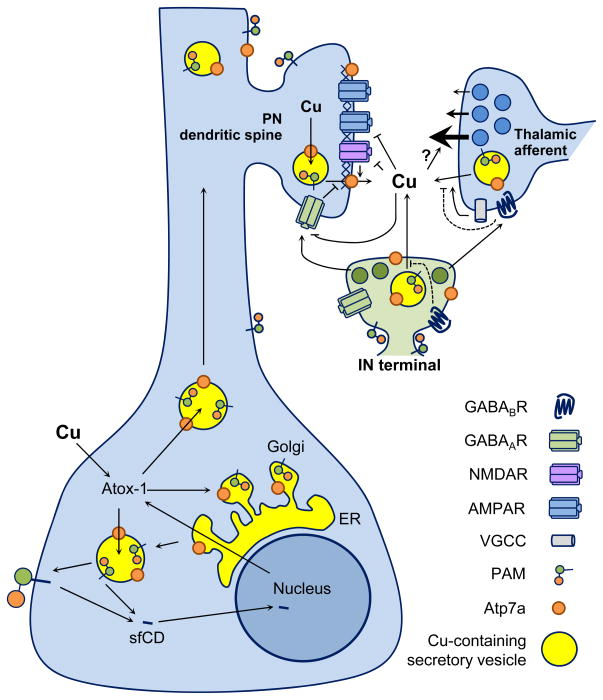Fig 4. Cu and ATP7A are present at synapses.
Schematic summarizing biochemical and synaptic plasticity studies with respect to Cu and ATP7A. (Soma) Cu enters neurons and binds the chaperone Atox-1 in the cytosol, which transports Cu to ATP7A for delivery into the secretory pathway. PAM is also present in the secretory pathway and co-localizes with ATP7A in neurons. A cytosolic portion of PAM is cleaved and enters the nucleus, affecting transcription and up-regulation of Atox-1. Vesicles containing PAM, ATP7A and Cu are transported into the dendrite. (Synapse) Thalamic afferent glutamatergic terminals innervate pyramidal neuron (PN) dendritic spines. Interneuron (IN) terminals release GABA which inhibits excitatory transmission and excitation through activation of GABAA and GABAB receptors. Notably, INs express the highest levels of PAM and ATP7A. Extracellular Cu could come from any number of sources including the post-synaptic pyramidal neurons, pre-synaptic afferents, or INs. Inhibitory effects of Cu on synaptic receptors and ion channels including GABAA receptors, NMDA receptors and L-type voltage-gated Ca channels have been described (see text), but how Cu influences synaptic plasticity remains unknown. The role of Cu in modulating synaptic transmission and plasticity is complex and requires further study.

